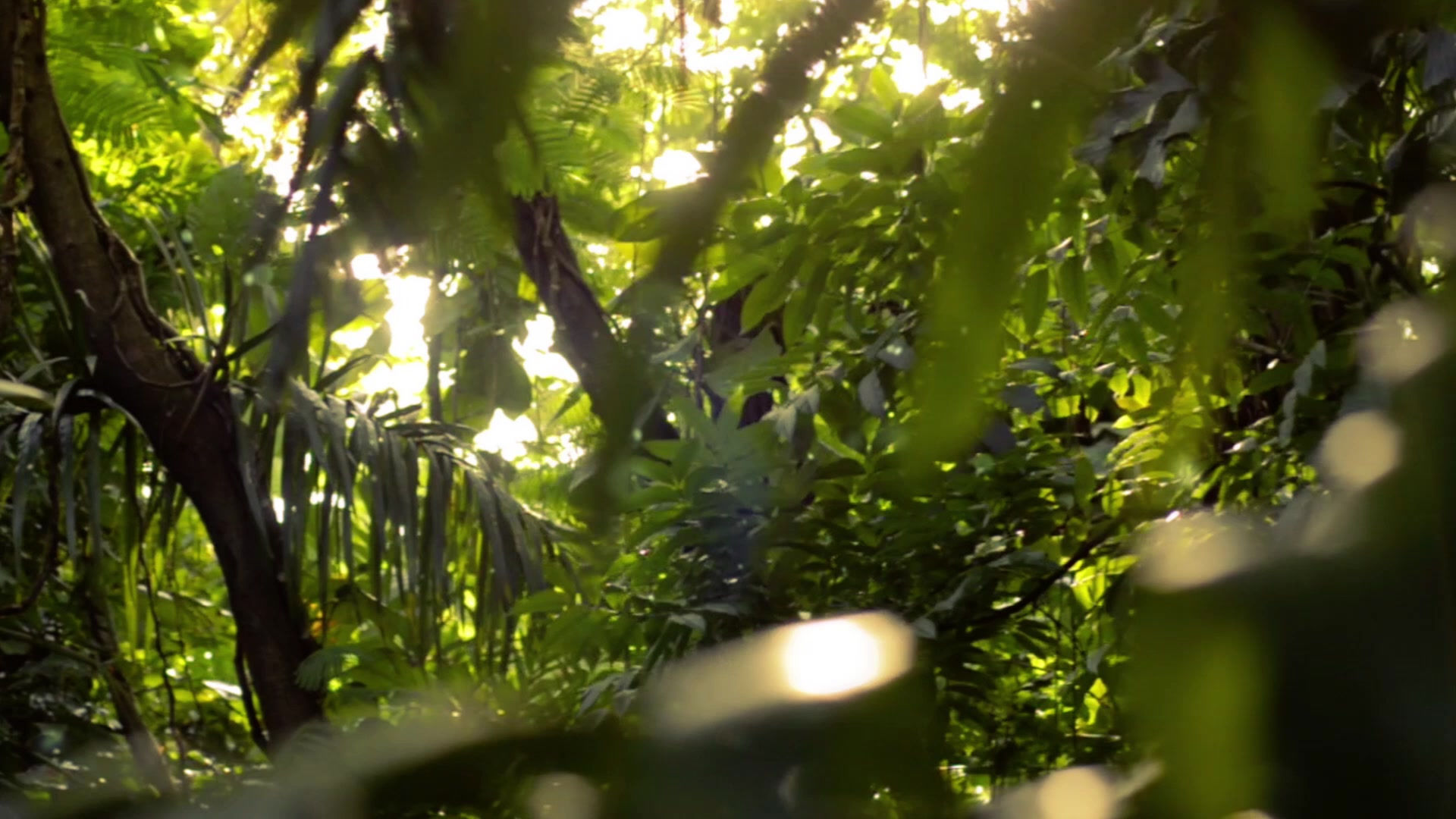
Where we've managed to protect land
-The colorado River put camping restrictions along the river to protect the southwestern willow flycatcher from human disturbance during their breeding season. (Jim Petterson, Na)
- The U.S Fish and Wildlife Service excluded more than 5% of the river miles and 78% of the acreage proposed as critical habitat for the endangered southwest willow flycatcher. The majority of the areas are excluded because habitat protection is being provided . Here's a list of where they what habitat conservation plans that cover the flycatcher:
-
Western Riverside County Multiple species habitat conservation plan
-
San Diego County Multiple SPecies conservation plan
-
City of Carlsbad habitat Management Program
-
Lower colorado river
-
Roosevelt Lake Habitat Conservation Plan, Arizona
-The Cleveland National Forest in San Diego has supported 12 territorial Southwestern willow flycatchers. ( Kieran Suckling, 1992)
-U.S. Fish & Wildlife Service, National Wildlife Refuge System with Comprehensive Conservation Plans (CCP) and/or programs that provide for long-term assurances that conservation measures for the species will be implemented and effective. The CCPs are required under the Refuge Improvement Act of 1997.
-Pahranagat National Wildlife Refuge, NV
-Havasu National Wildlife Refuge, AZ
-Imperial National Wildlife Refuge, AZ
-Bill Williams National Wildlife Refuge, AZ
-Alamosa National Wildlife Refuge, CO
-Bosque del Apache National Wildlife Refuge, NM
-Sevilleta National Wildlife Refuge, NM
-Local government, multi-organization partnerships and private entity management plans that provide protections and assurances that the conservation measures for the species will be implemented and effective.
-Los Angeles Department of Water and Power Southwestern Willow Flycatcher Conservation strategy, owens river, CA
-San Luis Valley Partnership, CO
-Hafenfeld Ranch, CA
-Salt River Project, horseshoe lake, AZ
This map shows where land is being protected for the southwestern willow flycatcher
Read more >>